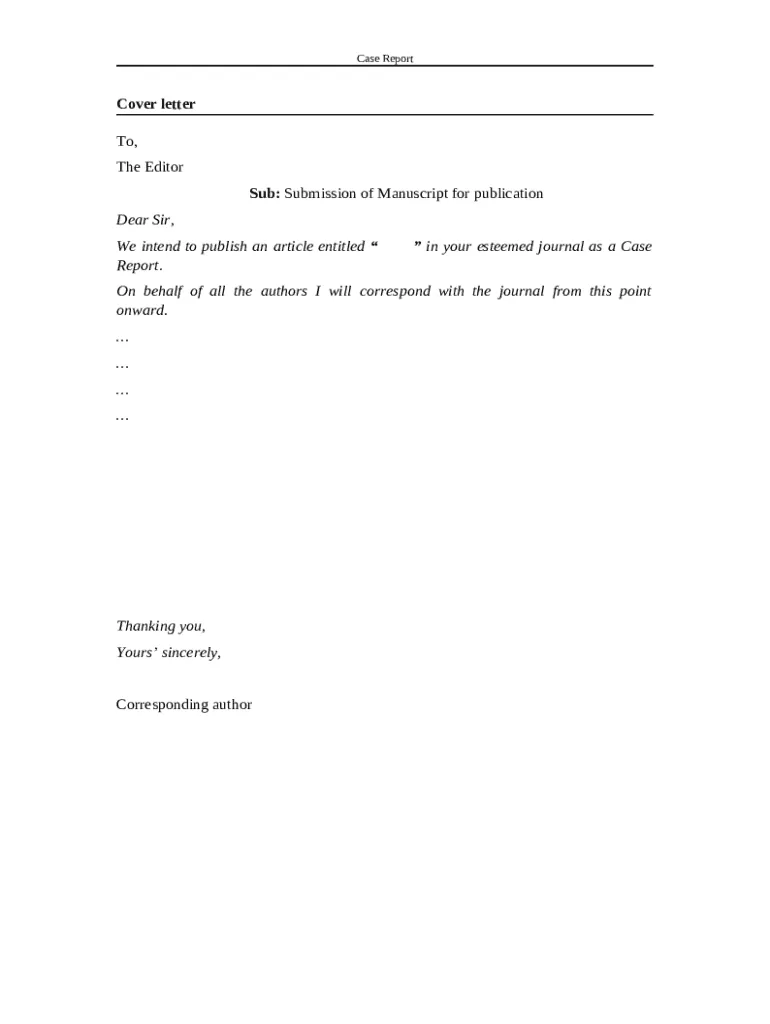Understanding the Importance of Cover Letters
In the realm of academic publishing, a cover letter serves as your initial introduction to the journal’s editor and editorial board. It’s your opportunity to make a strong first impression, setting the tone for how your research is perceived. A well-crafted cover letter does more than simply introduce your manuscript; it actively advocates for your work, highlighting its significance, originality, and suitability for the target journal. It’s a crucial piece of communication that can significantly influence the editor’s decision on whether to send your manuscript out for peer review. A compelling cover letter can capture the editor’s attention, increasing the likelihood that your research will be given serious consideration.
Why is a Cover Letter Crucial for Journal Submission
A cover letter provides context for your manuscript, explaining why your research is important and why it should be published in the specific journal you’ve chosen. It allows you to address any potential concerns the editor might have, clarify the scope and significance of your findings, and demonstrate your understanding of the journal’s aims and audience. Moreover, the cover letter offers a platform to articulate the value of your study, including the novelty of your findings and their potential impact on the field. It’s also where you can declare any conflicts of interest and confirm that all authors have approved the submission. A well-written cover letter helps the editor quickly grasp the essence of your work, paving the way for a smoother review process and a better chance of acceptance. Proper use of language can elevate your content
Key Elements of a Winning Cover Letter
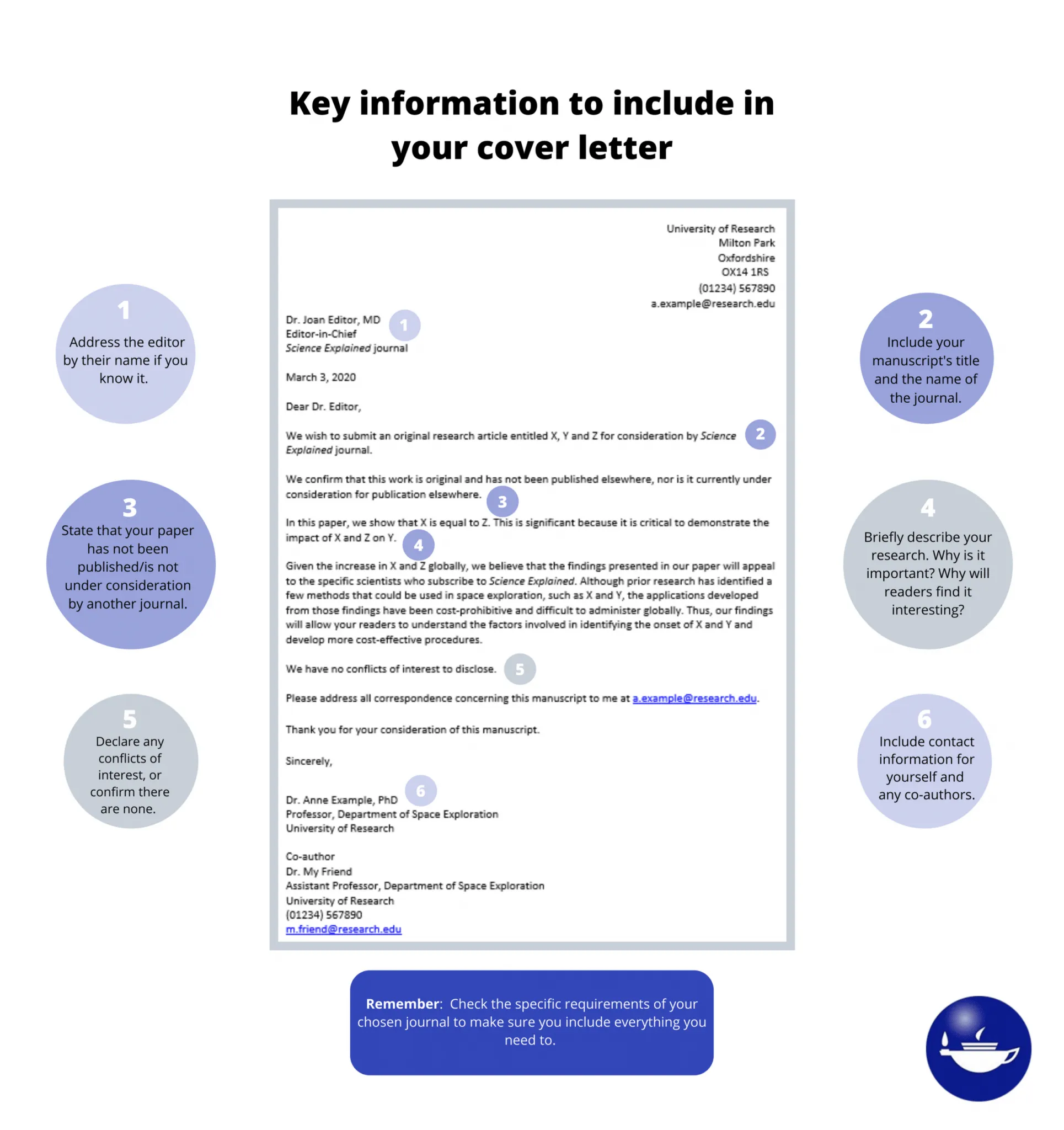
A successful cover letter typically includes a concise summary of your research, emphasizing its key findings and their significance. It should clearly state the research question, the methods employed, the major results, and the conclusions drawn. The letter should also highlight the novelty and contribution of your work to the existing literature. It’s crucial to tailor the letter to the specific journal, mentioning how your manuscript aligns with the journal’s scope and audience. Additionally, you should showcase your relevant experience and acknowledge any funding sources or potential conflicts of interest. Finally, always include a polite closing statement and contact information for further communication.
Summarizing Your Research’s Main Points
Begin with a brief, compelling overview of your research, focusing on the core question or problem you addressed. Then, describe the methodology you used, ensuring clarity and conciseness. Summarize your most important findings, presenting them in a way that is easy to understand. Conclude by succinctly stating the implications of your research and its contributions to the field. Remember, the goal is to provide a snapshot of your work, grabbing the editor’s attention and creating a desire to learn more.
Highlighting Your Contribution and Novelty
Clearly articulate how your research expands existing knowledge or provides new insights into a specific area. Explain how your findings differ from previous work and what new perspectives they offer. Emphasize any novel methodologies, approaches, or results. This section should be precise and compelling, demonstrating why your work is unique and valuable. Mention specific areas of innovation or breakthroughs achieved. It’s about making a clear case for the originality and importance of your study, enticing the editor to see the value of your paper. Use specific examples to support your claims about novelty.
Tailoring Your Letter to the Journal’s Scope
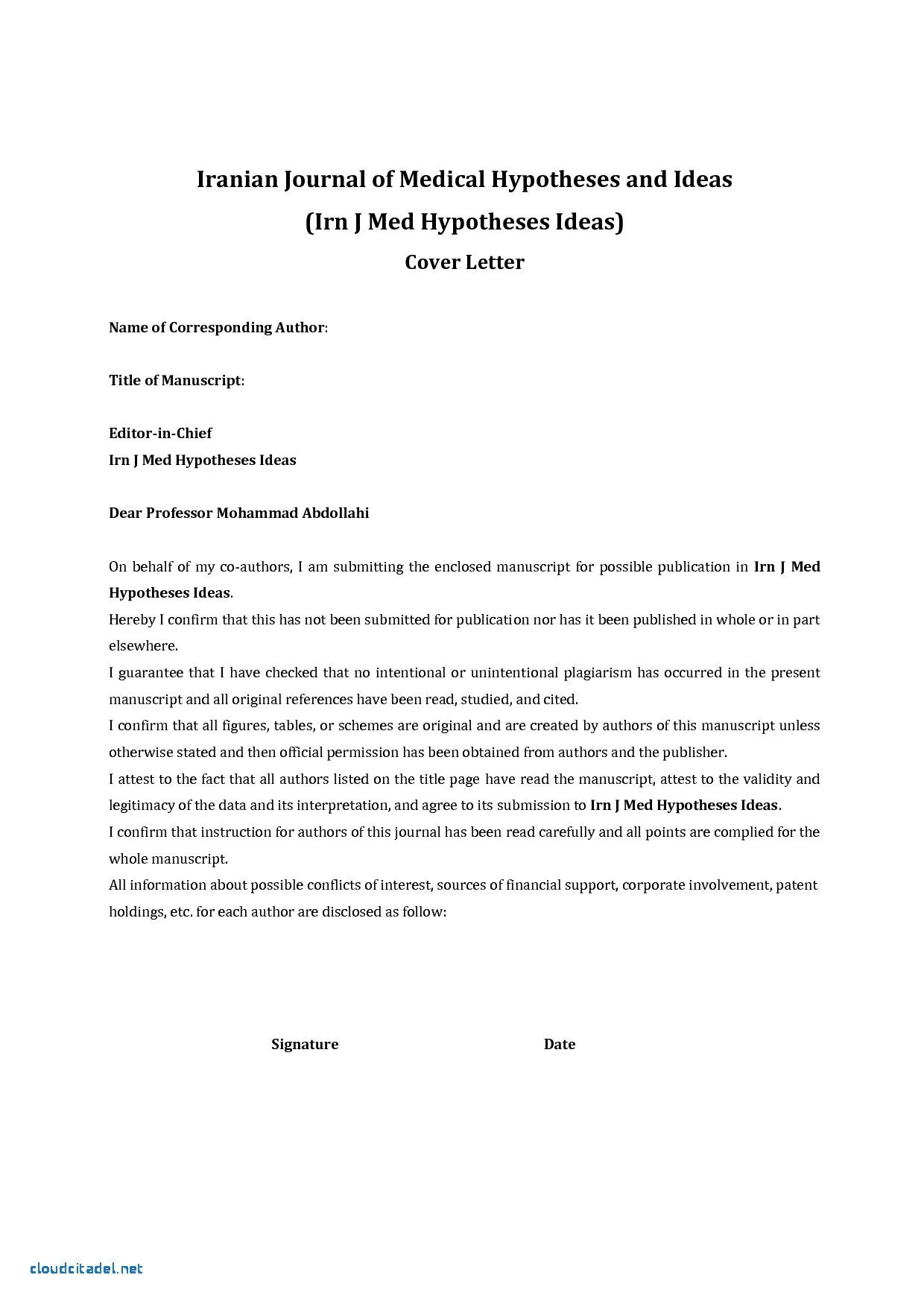
Thoroughly research the target journal’s aims, scope, and readership. Tailor your cover letter to demonstrate how your research aligns with the journal’s specific focus and audience. Mention the journal’s past publications that are similar to your work, indicating you are aware of their published content. Frame your research within the context of the journal’s interests, showing how your work contributes to the journal’s mission. Tailoring includes using the right terminology and tone. This targeted approach signals to the editor that you understand their publication and increases the likelihood that your manuscript will be considered a good fit.
Showcasing Your Relevant Experience
Provide a brief overview of your background and expertise, especially if it relates to your research. Mention any relevant previous publications, grants, or awards that demonstrate your credibility and experience in the field. Highlight any special skills or unique approaches used in your research. This helps the editor understand your qualifications and the significance of your contributions. This section adds a layer of trust, showcasing your professional readiness. Remember, this is not a resume, but a brief, impactful summary.
Formatting and Structure for Maximum Impact
A well-formatted cover letter is easy to read and navigate. Start with a formal salutation, addressing the editor by name if possible. Use clear, concise language, and avoid jargon or overly technical terms. Break down your text into short, well-organized paragraphs. Maintain a professional tone throughout the letter, using proper grammar and spelling. Proofread the letter carefully before submitting it, checking for any errors. A well-structured letter is accessible, conveying your points effectively and making a strong first impression. Keep the letter concise, focusing on essential information.
Effective Opening and Closing Statements
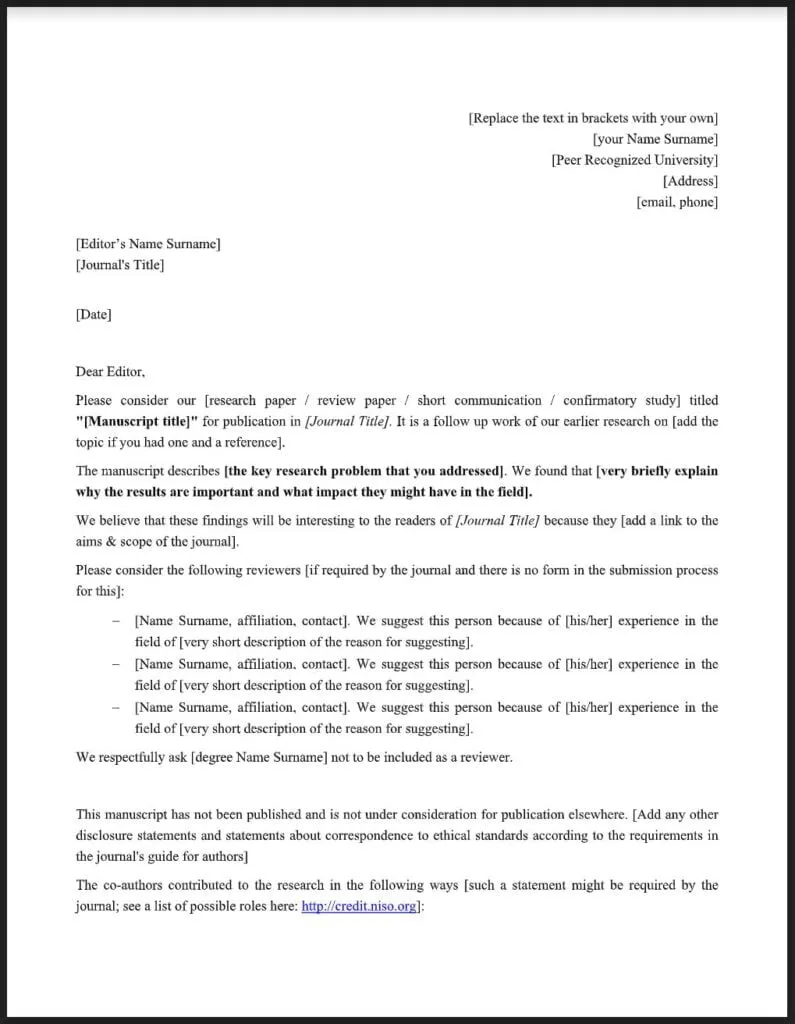
Your opening should immediately capture the editor’s attention, stating the purpose of your letter and the manuscript’s title. Briefly introduce yourself and the core of your research. In the closing, express your gratitude for the editor’s time and consideration. Reiterate your willingness to provide any additional information or clarification, and offer your contact details. Ensure that both your opening and closing sections are professional and engaging, setting a positive tone. Consider adding a sentence about your excitement about potentially being published in the journal.
Proper Use of Language and Tone
Use clear, concise language, avoiding overly complex sentence structures. Maintain a professional and respectful tone throughout your letter. Avoid jargon and technical terms unless they are essential and clearly defined. Proofread your letter meticulously to eliminate any grammatical errors or typos. The tone should be confident but not arrogant, expressing your enthusiasm for your research. The language should reflect the standards of academic writing, demonstrating your proficiency in the field. Also, ensure your language is appropriate for the specific journal you are submitting to; some journals may prefer a more formal tone while others may accept a slightly less formal approach.
Common Mistakes to Avoid
Avoid the most common pitfalls to enhance your cover letter. These mistakes can significantly undermine your efforts, so careful attention is essential. Ensure that your cover letter is a polished and effective communication tool.
Ignoring Journal-Specific Guidelines
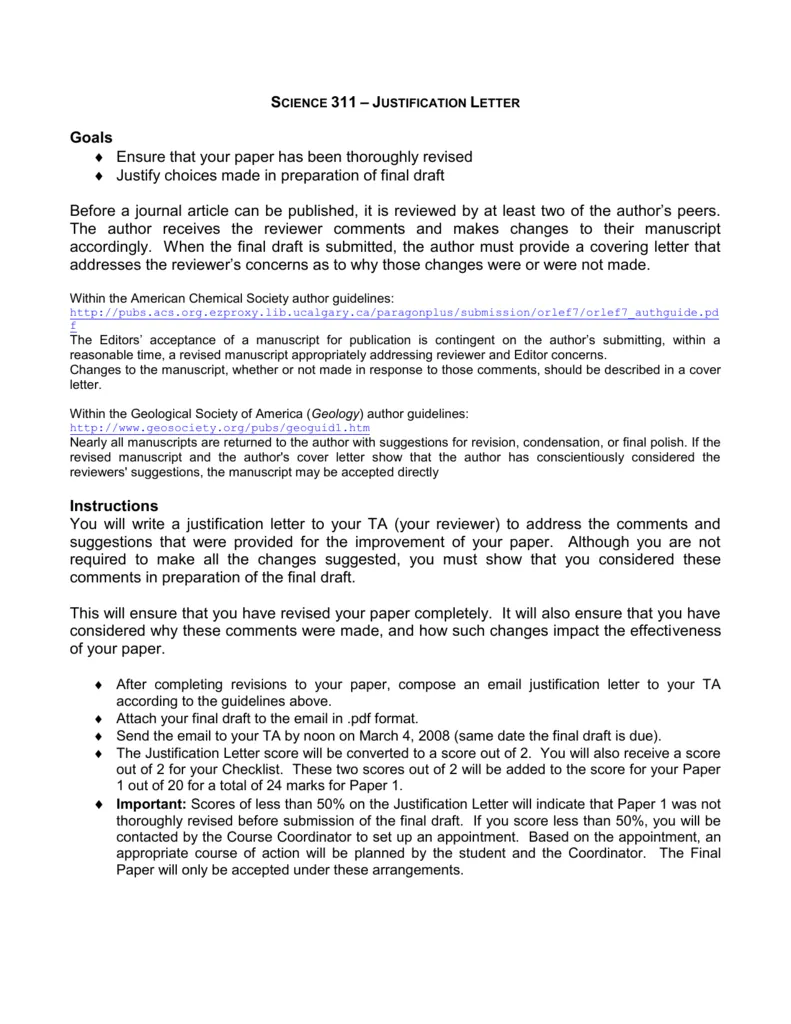
Always adhere to the specific formatting, length, and content requirements set by the journal. Failing to do so can lead to immediate rejection. Review the journal’s guidelines thoroughly before drafting your cover letter. Customize your letter to meet their specific needs. This shows that you respect their process, and helps to ensure that your manuscript is considered seriously. If a journal requests specific information or has a particular format, make sure to follow their recommendations.
Using Generic or Uninspired Language
Avoid using generic templates or phrases that could be used for any manuscript. Instead, personalize your letter to highlight the unique aspects of your research. Show your passion for your work and its relevance to the journal. The language should be engaging and compelling, clearly demonstrating the value of your research and the journal’s suitability. Use compelling vocabulary, while avoiding overuse of clichés or overly formal language that might sound insincere. Let your personality shine through your words.
Overlooking the Importance of Proofreading
Carefully proofread your cover letter for grammar, spelling, and punctuation errors. These errors can undermine your credibility and make your work appear unprofessional. Use proofreading tools or ask a colleague to review your letter. Ensure your letter is polished and reflects your attention to detail. Proofreading helps your work look professional, as this is the first impression you’ll be making. It’s a simple but critical step in securing a successful journal submission.
Resources and Tools for Cover Letter Writing
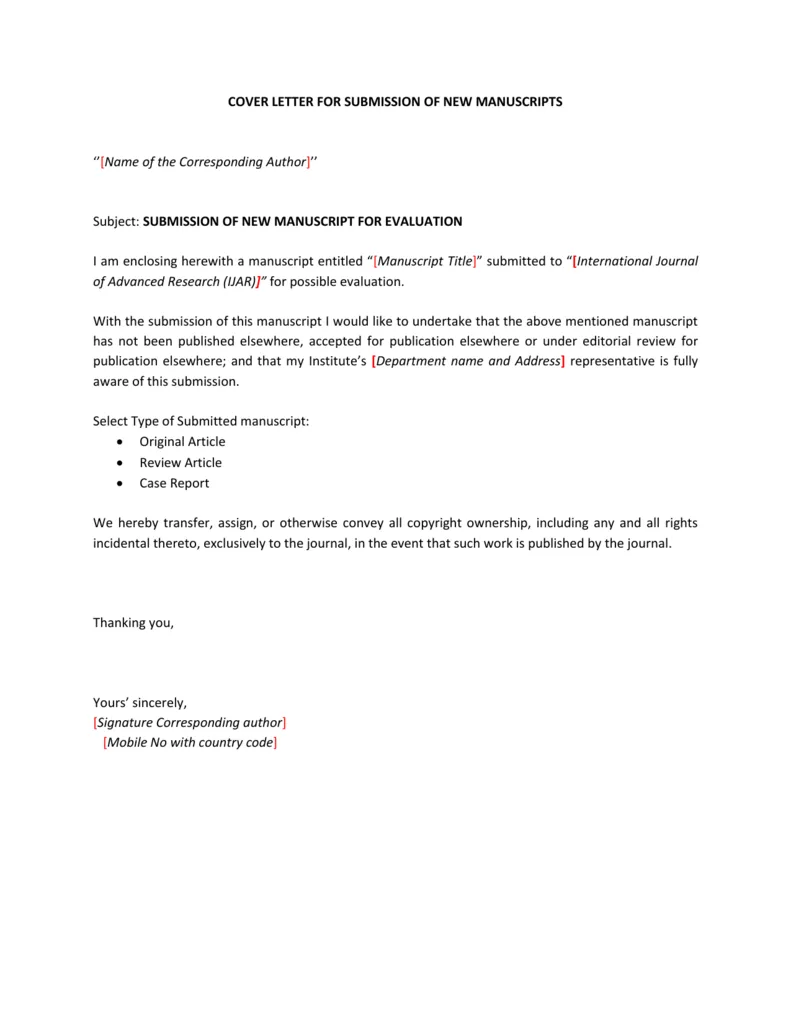
Several resources and tools can help you create a winning cover letter, from templates to professional editing services. Knowing these tools is beneficial when creating and completing your cover letter.
Templates and Examples
Utilize cover letter templates available online or from your institution. These provide a basic structure and can save you time. However, be sure to customize the template to reflect your research and the target journal. Review published examples of successful cover letters for inspiration. Tailor the template to suit your specific manuscript and research field. Remember to tailor the template to the specific journal you’re targeting.
Proofreading and Editing Services
Consider using professional proofreading and editing services to ensure your cover letter is free of errors. These services can improve your writing and catch any mistakes you might have missed. These services can check grammar, spelling, and overall clarity. Proofreading services can also help you improve your writing style and tone, ensuring that your letter makes a strong impact. Consider your cover letter as an investment and seek professional help.
Finalizing and Submitting Your Cover Letter
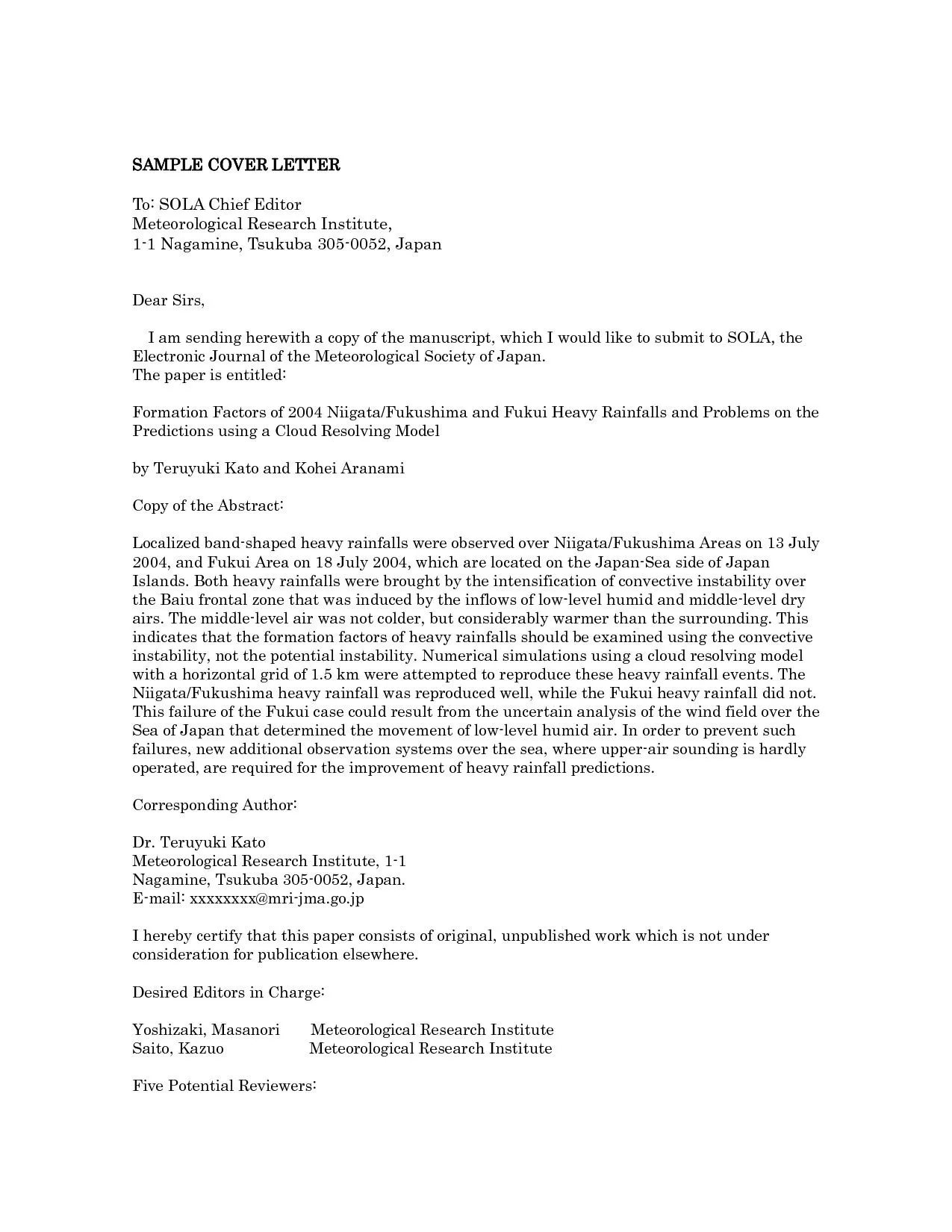
Before submitting your cover letter, review all the elements, ensuring that the letter aligns with the journal’s guidelines, and that the language is professional. Confirm that you have addressed all the necessary points about your research. Ensure all authors have approved the submission. Double-check your contact information and the manuscript title. A final review ensures you are prepared to submit your best work. After submitting your cover letter, remain patient and wait for the journal’s response. This is the final crucial step, and preparation is key.
In conclusion, a well-written cover letter is an indispensable component of the journal submission process. By understanding its importance, mastering the key elements, avoiding common mistakes, and using available resources, you can significantly increase your chances of having your research accepted for publication. Remember, the cover letter is your opportunity to advocate for your work and make a positive impression on the editor, paving the way for successful publication. By following these guidelines, you will be well-equipped to create a compelling and effective cover letter that captures the editor’s attention and highlights the value of your research.
